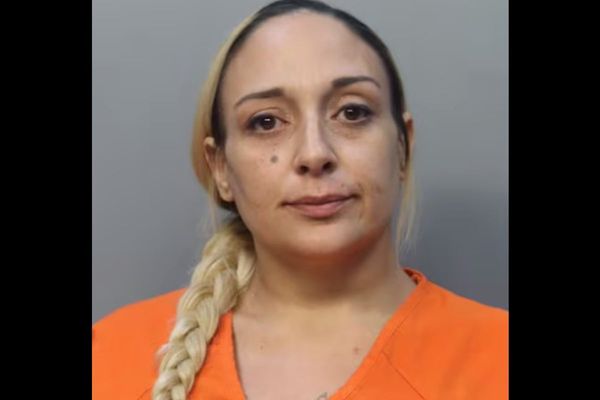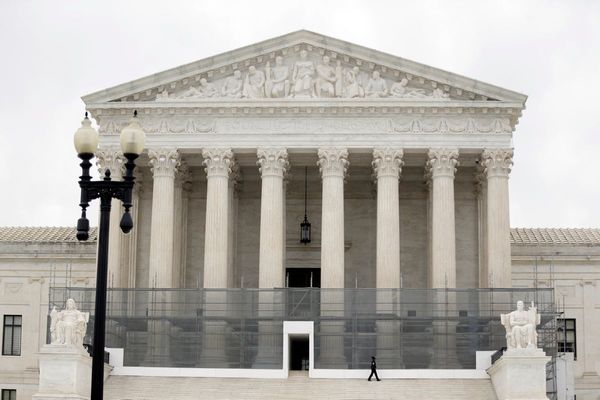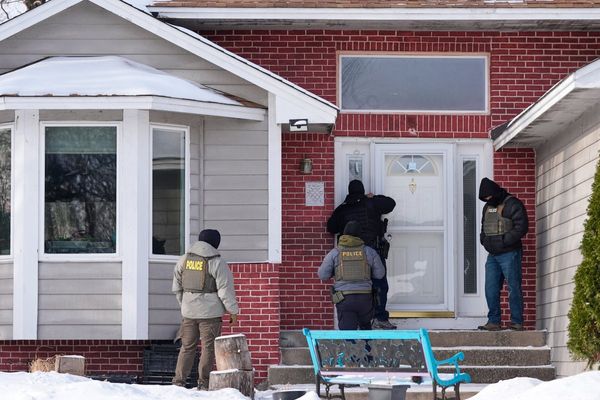
KiwiRail's $22 billion plan can't stand in isolation from other 'mega-projects' like moving the port, the second harbour crossing and Auckland Light Rail
Government needs to decide the future of Port of Auckland in the next two or three years, says KiwiRail chief executive Peter Reidy.
That's so the state-owned rail operator can confirm investment in a new freight line through urban Auckland and up to Whangārei's Northport.
The alternative is putting a third line across Parnell's Judges Bay to Auckland's constrained waterfront port – and that wouldn't be politically palatable.
KiwiRail and Auckland Transport are finalising a 30-year vision and business case to go to Cabinet after the election. The work would cost $22 billion in today's dollars, and include third and fourth lines to allow commuter, express and freight trains to run in the same corridors, and grade separation to get rid of 40-plus level crossings.
READ MORE: * Govt, Council backing for new KiwiRail freight line through urban Auckland * Taking stock of City Rail Link's property risks in court cases
But the big ticket item is a new heavy rail line from the Southdown container hub, up through a deep trench across suburban Onehunga, to join state highway 20 through to Avondale. There, it would link up with the existing western line through Huapai and up to Northport and the proposed Marsden Point branch line.
So, KiwiRail says, "the ports decision is a very significant one".
Much of the modelling is premised on the Port of Auckland being significantly downsized over the next 10 years, and Auckland's shipping coming and going through Northport and Port of Tauranga.
To avoid massive truck emissions, that means moving freight by rail. And at the same time, it would help get Aucklanders out of their cars. Reidy asks: "If 40 percent of the New Zealand population is going to live here, how do we want to move people?"
"We've held onto the route designation since 1955 or thereabouts, and the value of a corridor in an urban centre is immense. It's irreplaceable." – Dave Gordon, KiwiRail
He says the Southdown-to-Avondale line might take the urgency off building a second harbour crossing, as it could take freight that would otherwise cross the harbour on trucks.
And the new freight and passenger line would free up the City Rail Link and other inner Auckland lines for passengers alone, who are forecast to "consume the capacity" by the 2030s. And further mode shift and emissions reduction policy drivers could accelerate demand more.
The annual rail journeys are less than 12 million a year now; they're forecast to hit 42 million in 2030, and 76 million by 2052.
Forecast growth in Auckland passenger patronage and freight tonnage

The freight tonnage is projected to rise from 8.1 million tonnes in 2030, to 17.9 million tonnes in 2052.
"As we stand here today, you're going to see an increase in passenger growth through City Rail Link – that's happening that's coming at us like a like a tidal wave."
KiwiRail is already working with Port of Auckland and the mayor, to increase its capacity of containers out of the port from 116,000 to 160,000 a year – but the next step up to 400,000 containers is far more daunting. That's why they're looking at alternatives. "The signals are needed in the next two to three years, so make investment decisions."
Those decisions might include, for instance, acquiring land at Huapai for a marshalling yard, and affect the grade separation.
Auckland Transport chief executive Dean Kimpton says an alliance or other broad-based governance arrangement will be needed to oversee a project of such scale. "We know how to do those well, here."
Regardless of the ports decision, KiwiRail won't entirely rule out the Southdown-Avondale line.
"We've held onto the route designation since 1955 or thereabouts, and the value of a corridor in an urban centre is immense. It's irreplaceable," says Dave Gordon, KiwiRail's group general manager for asset management and investment.
"There's no doubt it will be a disruptive thing. And if it was just a freight line, I think that would be very challenging. If it's a passenger line then it does have other amenities for the local residents there." – Dave Gordon
But without a decision to move more freight through Northport, the new railway line might not be a priority. "Getting the absolute momentum to start writing enormous cheques for Southdown-to-Avondale will require decisions about the ports, there's no doubt about that. But regardless, in the 30-year vision it's going to be part of the business case. And whatever happens, Auckland should never give up an existing corridor."
The government started designating land for the Southdown-to-Avondale route after World War II, for two main reasons: the gradient in and out of Newmarket was steep and limiting traffic; and secondly, there was a (now defunct) plan to build a third port at Te Atatū, in addition to the city port and Onehunga port.
Seventy-five years later, it's still the preferred route. With a budget of about $6 billion, it's unlikely that KiwiRail can afford to tunnel underneath Onehunga.
Gordon says KiwiRail considered running the line from Southdown through the light industrial districts across the bottom of Onehunga, instead of digging an uncovered trench through the hilly residential neighbourhoods. But that would have emerged at state highway 20 at just above sea level, leaving too steep a climb up through Hillsborough to Mt Roskill.
Auckland Light Rail (whose future hangs on the election outcome) has ruled out sharing a corridor through residential Onehunga, after consulting the community. But it's still talking with KiwiRail about sharing a corridor north from Hillsborough to Mt Roskill, alongside state highway 20.
"There's no doubt it will be a disruptive thing," Gordon says. "And if it was just a freight line, I think that would be very challenging. If it's a passenger line then it does have other amenities for the local residents there."
He acknowledges the land on the designated route, owned by KiwiRail, provides only a narrow corridor at points – so more might have to be bought. "I wouldn't be surprised if there aren't areas we have to shave a bit here, shave a bit there, to make it happen. But I don't believe we have any need for a wholesale property acquisition."







